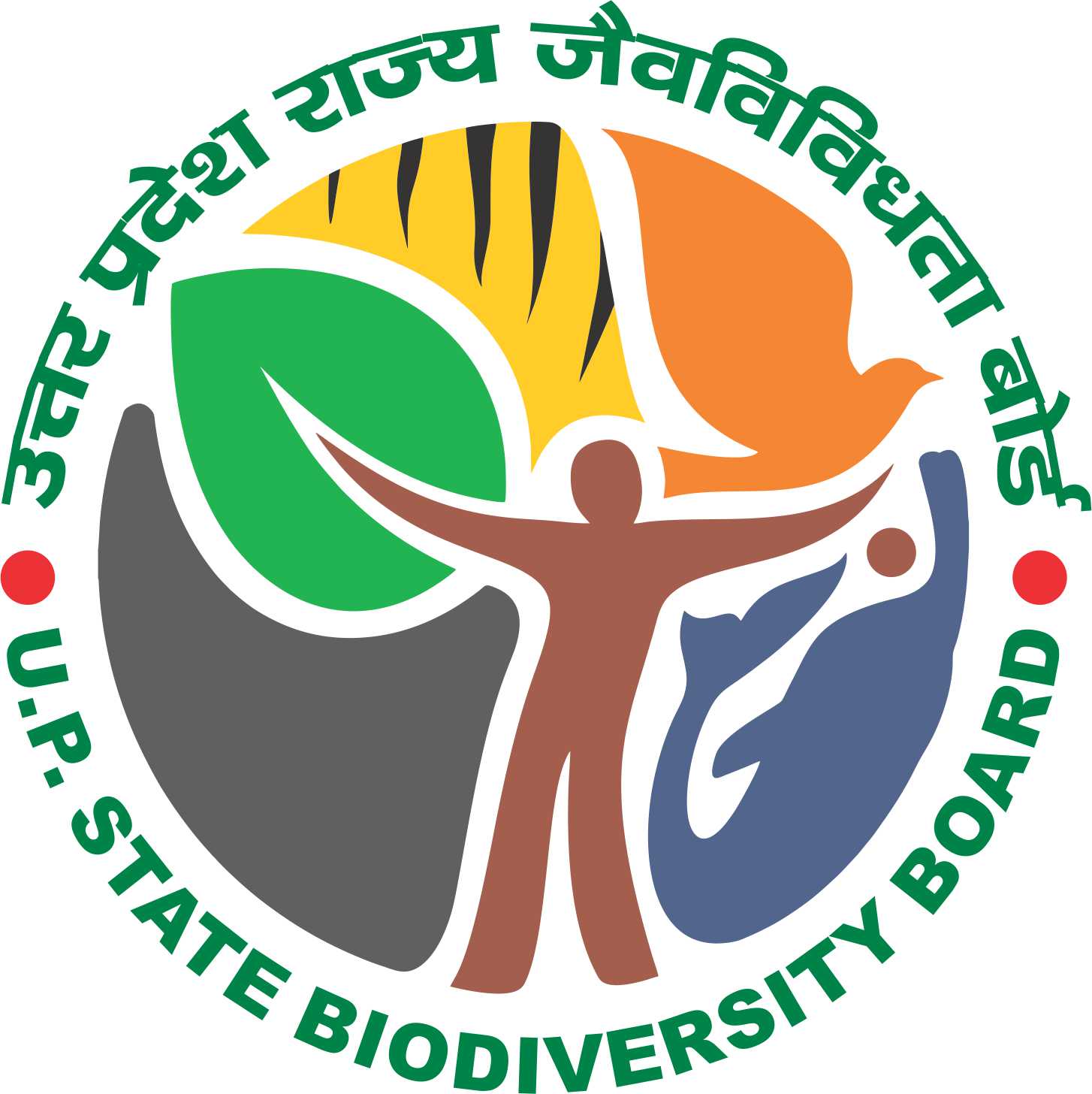|
|
FAQ
What is Biodiversity?
Biodiversity is the shortened form of two words "biological" and "diversity." It refers to all the variety of life that can be found on Earth (plants, animals, fungi and micro-organisms) as well as to the communities that they form and the habitats in which they live.
The Convention on Biological Diversity gives a formal definition of biodiversity in its article 2: "biological diversity means the variability among living organisms from all sources including, inter alia, terrestrial, marine and other aquatic ecosystems and the ecological complexes of which they are part; this includes diversity within species, between species and of ecosystems".
Biodiversity is not only the sum of all ecosystems, species and genetic material. Rather, it represents the variability within and among them. It can be distinguished from the expression "biological resources", which refer to the tangible components of ecosystems. Biological resources are real entities (a particular species of bird, a wheat variety growing in a field, oak wood, etc.) while biological diversity is rather an attribute of life (the variety of bird species, the genetic variability of wheat around the world, forest types, etc.).
Biological diversity is often understood at three levels:
Species diversity refers to the variety of different species (plants, animals, fungi and micro-organisms) such as palm trees, elephants or bacteria;
Genetic diversity corresponds to the variety of genes contained in plants, animals, fungi and micro-organisms. It occurs within a species as well as between species. For example, poodles, German shepherds and golden retrievers are all dogs, but they all look different;
Ecosystem diversity refers to all the different habitats - or places - that exist, like tropical or temperate forests, hot and cold deserts, wetlands, rivers, mountains, coral reefs, etc. Each ecosystem corresponds to a series of complex relationships between biotic (living) components such as plants and animals and abiotic (non-living) components which include sunlight, air, water, minerals and nutrients.
|



